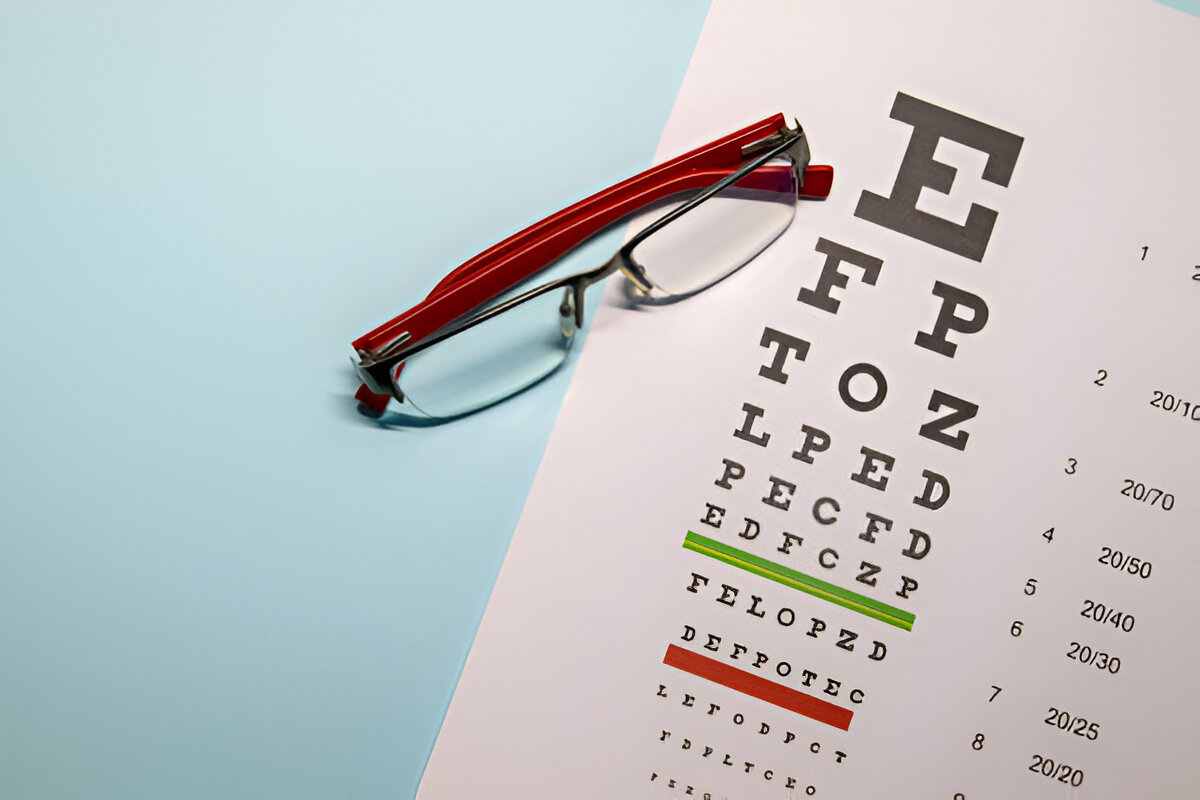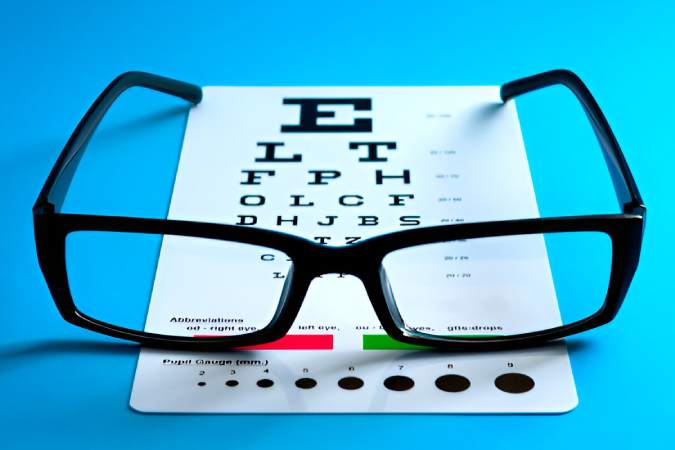
High Resolution:Scja8jin8yq= Eye Test Chart
High Resolution:Scja8jin8yq= Eye Test Chart
When it comes to maintaining good vision, regular eye exams are crucial. One essential tool used during these exams is the eye test chart. Eye test charts come in various forms, from the classic Snellen chart to more advanced digital versions. In this article, we’ll explore the different types of eye test charts and how they can help you keep your eyes healthy.

Eye Test Chart Printable
Eye test charts can be printed out and used at home. These charts are convenient and allow you to check your vision quickly. The standard Snellen chart, which features rows of letters or numbers that get smaller as you go down, is a popular printable option.
| Advantages | Disadvantages |
| Inexpensive | It may not be as accurate as professional charts |
| Convenient for home use | It isn’t easy to standardize the distance. |
| It can be used to monitor vision changes over time | But, It may not have the same level of detail as digital charts |
Printable eye test charts can be helpful, but it’s important to remember that they should not replace regular eye exams with a qualified healthcare professional.
Eye Test Chart Numbers
In addition to the standard letter-based Snellen chart, some eye test charts use numbers instead. These charts work similarly, decreasing the numbers as you go down the rows.
| Advantages | Disadvantages |
| It may be easier for some people to read | Limited to numbers rather than a broader range of characters |
| Can help identify specific vision issues | It may not be as widely used or recognized as letter-based charts. |
| It can be used as a supplementary test | Require the same level of care and distance as letter-based charts |
Number-based eye test charts can be a valuable alternative for individuals who have difficulty with letter recognition or prefer a numerical approach.
Eye Test Chart on Phone
In recent years, the development of smartphone apps has brought eye-test charts into the digital age. These apps allow you to conduct vision tests using your phone’s screen.
| Advantages | Disadvantages |
| Convenient and accessible | It may not be as accurate as professional eye exams. |
| It can be used to monitor vision changes over time | Requires a specific distance and lighting conditions to be effective |
| Provides instant results | It may not be suitable for all types of vision problems. |
While phone-based eye test charts can be helpful, they should not replace regular eye exams with a qualified healthcare professional.
Eye Test Chart Distance
The distance at which you view an eye test chart is crucial for accurate results. The standard distance for a Snellen chart is 20 feet (6 meters), but other charts may be designed for different distances.
| Advantages | Disadvantages |
| Standardized distance ensures consistent results. | Requires a specific setup and space |
| Allows for accurate measurement of visual acuity | It may not be practical for all settings |
| Ensures that the chart is viewed at the correct size | Difficult to replicate at home without specialized equipment |
Maintaining the correct distance when using an eye test chart is essential for obtaining reliable results and accurately assessing your vision.
Conclusion
In conclusion, eye test charts come in various forms, each with advantages and disadvantages. Whichever type of chart you use, it’s important to remember that they should not replace regular eye exams with a qualified healthcare professional. Using the available options, you can make informed decisions about the best way to monitor your vision and maintain healthy eyes.

